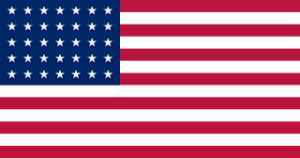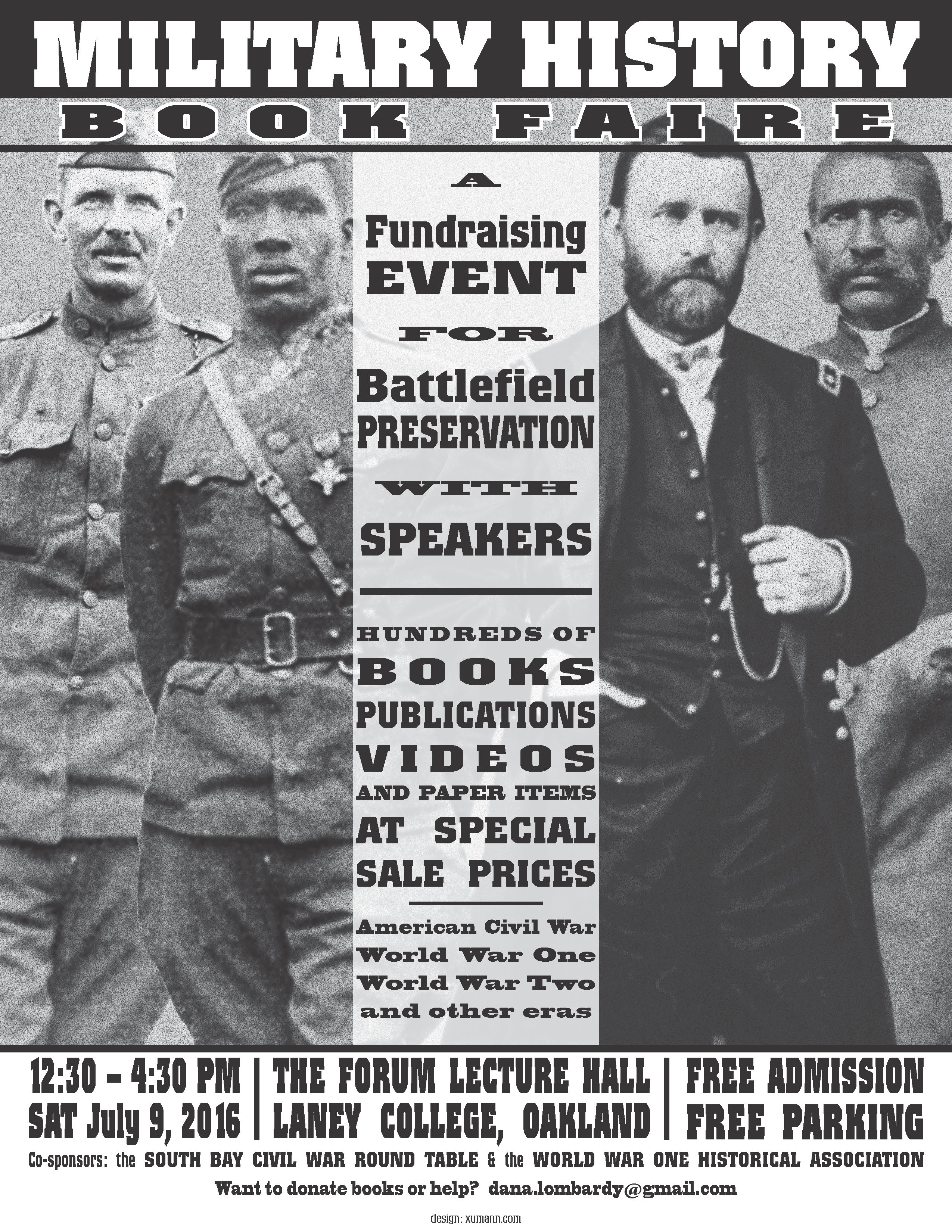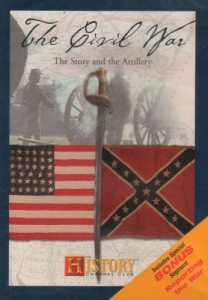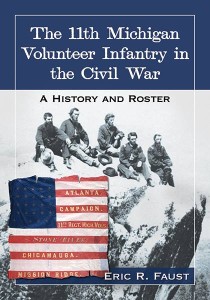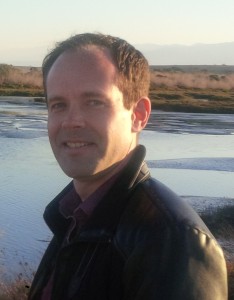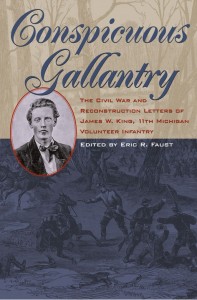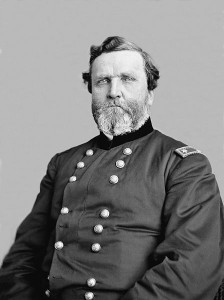Civil War Quiz: Death in the Trenches, Petersburg 1864-65
Q#1 – What was name of the Union army commanded by General Butler that was located on Bermuda Hundred northeast of Petersburg?
Q#2 – What was the name of the battle fought on May 15, 1864, where Union general Butler’s army was defeated in its attempt on Richmond?
Q#3 – The Confederate fortifications at Petersburg proved formidable. What elements did these fortifications consist of?
Q#4 – On June 15, 1864, Union general William (Baldy) Smith broke through Confederate lines with a wide open road to capture Petersburg. Why did Smith halt his attack and lose this opportunity?
Q#5 – What was the name of the commander of the Irish Brigade who was killed in the June 16, 1864, Union attack on Confederate Redans 13, 14, and 15?
Q#6 – Who provided Robert E. Lee with conclusive evidence that US Grant had moved his entire army over the James River and was positioning it across from Petersburg?
Q#7 – On June 18, 1864, while leading a Union attack against Confederate lines called Rives’s Salient, what was Col. Joshua Chamberlain doing when a Minie Ball slammed through both of his hips?
Q#8 – In the assault on Rives’s Salient, what is the statistical significance of the casualties incurred by the 1st Maine Heavy Artillery regiment?
Q#9 – What was the name of the Union regiment that consisted mostly of miners that dug the tunnel for the Battle of the Crater?
Q#10 – In feet, how long was the tunnel dug by Union soldiers that produced the Battle of the Crater?
Q#11 – How many tons of gunpowder were placed in the tunnel for the Battle of the Crater?
Q#12 – What was the total number of casualties resulting from the Battle of the Crater?
Q#13 – The Battle of Globe Tavern during August 18-21, 1864, which resulted in over 5900 combined casualties, resulted in the loss of a critical Confederate railroad supporting Petersburg. What was the name of that railroad?
Q#14 – The Second Battle of Reams Station, fought on August 25, 1864, which resulted in 3700 casualties, was a stunning victory for the Confederates. Against which Union commander was this victory achieved?
Q#15 – After the Union victory at the Battle of Five Forks on April 2, 1865, the Confederates abandoned Petersburg and Richmond. What was the total number of casualties incurred by both sides from June 1864 to April 1865?

